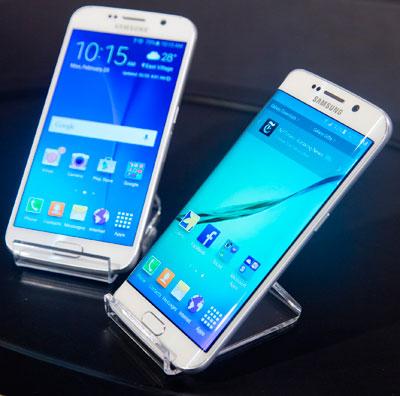You are here
Deceptive numbers versus quality
By Jean-Claude Elias - Mar 24,2016 - Last updated at Mar 24,2016
In an apparently strange move, Samsung’s newest flagship smartphone, the Galaxy S7, features a 12-megapixel (MP) camera, whereas two models ago the company S5’s camera sported 16MP. Does this constitute a step backward, a bad thing?
On the contrary, it is a wise move forward and the decision of a manufacturer that is now mature. More importantly it tells you a lot about deceptive numbers versus quality. If this known commercial behaviour can be found in many fields, it is more particularity flagrant in the world of high-tech where vendors try to entice you to buy their products by impressing you with raw numbers that do not really reflect the final quality or performance.
As a matter of fact, the new Galaxy S7 camera performs significantly better than previous models that have higher MP count and has already received a milestone of 88 per cent, the highest mark by any smartphone camera on the respected DXOMark web reference test. The explanation is simple, regardless of MP count, the S7 lens is of a much better quality. Besides, professional photographers are rarely impressed by the MP count that only reflects the size of the photo you get in the end, not its quality. And since 12MP already produce a quite large picture, who needs more then on a phone set?
Transpose the concept to Internet subscriptions now. In Amman you can get a 24Mb ADSL line or a 4Mb leased line, among other options of course. Here again, 24Mb seems faster at first sight. The truth is it is not. The inherent structure of ADSL means that you are actually sharing the line with a few other subscribers and that what you actually get depends on everybody’s usage at any given moment. In other words, the real speed is totally inconsistent and oscillates between some values, the highest of which is 24Mb, if you are very, very lucky.
On the other hand, a leased like is just for you, fully dedicated, no one else uses it and you always get consistent 4Mb, both in upload and download, which anyway is never the case in ADSL mode. Now of course, ADSL even at 24Mb will cost you between 400 and 800 dinars per year (depending on whether you are a home user or a business client), whereas leased lines are five to six times more expensive; but this is another subject altogether.
On to hard disks. Forget about terabytes, although the flashy numbers can always help you to impress your friends over social talk in the evening. Typically vendors will only tell you about how large the capacity of the hard disk is, 1TB, 2TB, etc., but its actual working speed is kept in the background, in the shadow. Hard disks rotational speed varies from as “slow” as 4,500 rpm (rotations per minute) to superfast models operating at 15,000 rpm. In between these two extremes, you get 5,400, 7,500 or 10,000 rpm. The slowest are usually found on entry-level laptop computers, whereas the fastest are installed on servers.
Naturally, in the end it all boils down to numbers when it comes to technology, but vendors should give you all the numbers, not just those they choose to put forward, and the accurate ones what’s more. It’s like telling the truth in court, in cannot be just partial, it must be complete so as not to deceive.
Related Articles
It is an on-going story and a rather fascinating one, and there is little doubt that the progress achieved by smartphone cameras over the la
Samsung’s new Galaxy smartphones improve in two major areas: design and picture quality.

















